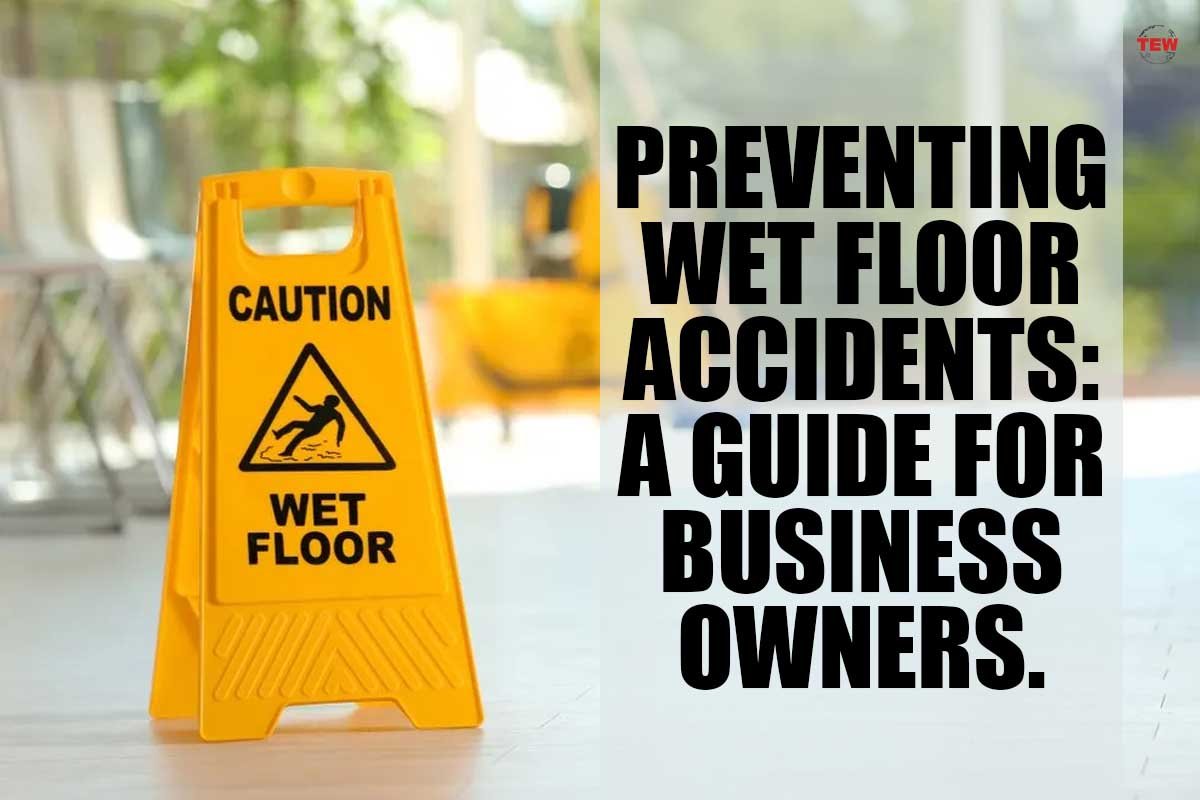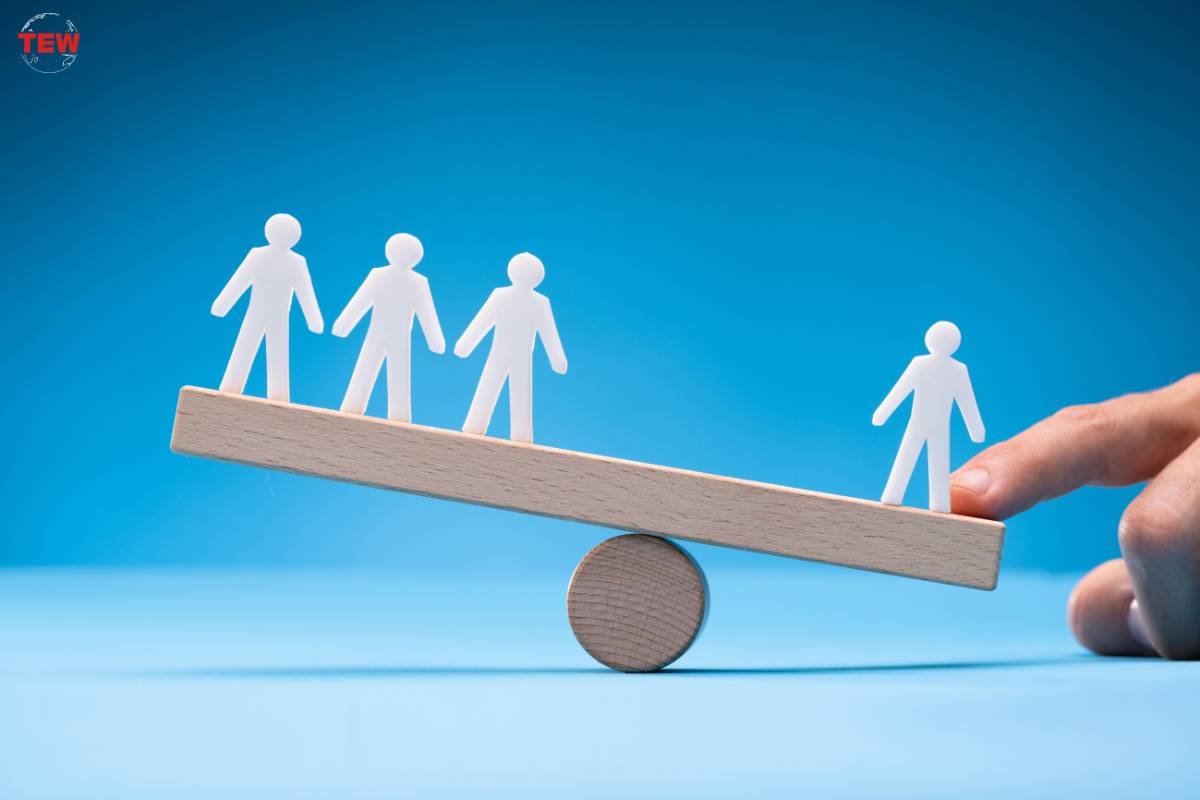Have you ever been in the unfortunate position of having a customer or employee suffers an injury due to a wet floor in your business establishment? The ramifications can be significant, though thankfully, this type of accident is both preventable and manageable. In this guide,
we will discuss how to prevent wet floor accidents in your business and the steps to take when one does occur;
1. The Implications of Wet Floor Accidents
Wet floor accidents in the workplace can have significant implications for both employees and employers. These Wet Floor Accidents can result in injuries ranging from minor slips and falls to serious head and spinal cord injuries. Injuries sustained from wet floor accidents can lead to time off work, medical bills, and long-term physical and emotional damage.
For employees, a wet floor accident can result in a loss of income and potential disability, making it difficult for them to support themselves and their families. In some cases, the injuries sustained can be permanent and affect their ability to perform their job duties, leading to unemployment or career changes. Additionally, the physical and emotional trauma of a workplace accident can result in decreased quality of life and increased stress levels.
For employers, wet floor accidents can result in increased liability, as they may be held responsible for the injuries sustained by their employees. As the responsible party, you would be liable to pay compensation and be at risk of legal action. This, in turn, may also have a negative impact on the financial stability and reputation of the company. Employers may also face increased insurance costs, decreased productivity, and decreased morale among their workforce.
2. Preventative Measures to Reduce Wet Floor Accidents

One of the most effective ways to reduce the risk of a wet floor accident is to take preventative measures that reduce the likelihood of spills and messes occurring in the first place. Being proactive with safety and cleanliness can help business owners foster a culture of safety, thereby reducing the potential for Wet Floor Accidents or injury.
3. Enforce Rules and Guidelines
Make sure that employees, customers, and visitors alike understand the rules in your facility and enforce them appropriately. Utilize sufficient signage that clearly warns people entering an area when surfaces are potentially slippery, cautioning against running or other unsafe behavior. Additionally, encourage people to report any spills they encounter so they can be addressed quickly and efficiently before anyone has a chance to slip on them.
4. Proper Storage and Transportation
Spills often happen because liquids weren’t stored properly in transport containers or weren’t moved carefully enough. Incorporate procedures that detail how volatile liquids like cleaning solutions should be handled when being transported through hallways or high-traffic areas. Making sure lids are closed during transport helps minimize contamination and hazard. Utilizing heavy-duty grip mop buckets can help as well; they make it easier to move messy solutions without spillage while mopping.
5. Cleaning and Maintenance Protocol
Having a set cleaning and maintenance protocol in place is one of the most effective ways to prevent wet floor accidents in your business. Ensuring floors are dry and clean is an important step to ensuring the safety of your customers, vendors, employees, and clients. In order to reduce the risk of wet floors it is important to develop protocols for regularly mopping, sweeping and waxing floors, as well as maintaining all other potential water sources.
The use of mops with lint-free surfaces will help prevent lint buildup on tile and hardwood surfaces that can become slippery when wet. This also helps clear away dirt and debris more effectively. To ensure a streak-free shine on waxed surfaces, use a microfiber cloth after the application of wax or cleaner. Regular usage of specialized cleaners for porous surfaces like grout can also reduce the accumulation of mildew, which can cause slip hazards over time.
It is important to consider the various methods for keeping floors safe from slips and falls. Routinely checking floors for spills or slipping hazards should be included in regular maintenance as well as putting out appropriate signs when mopping or waxing is taking place. Keeping floors free from excess moisture or accumulated residue increases safety for all visitors.
6. Use of Non-Slip Mats and Signs
The use of non-slip mats and signs can go a long way in helping to prevent wet floor accidents at your business. Non-slip mats are designed to provide an extra layer of traction in wet conditions, while signs serve as a warning to customers that they need to take extra precautions to avoid slipping.
Non-slip mats and signs can be relatively cheap to install, maintain, and replace over time. They will also help make customers aware of the potential danger, which could reduce the number of legal cases involving slips and falls within your business.

7. Employer Responsilbility
Health and safety legislation is clear in the employer’s responsibility to both prevent and reduce the likelihood of workplace accidents and this can be approached in the following ways.
8. Employee Education
Employees must be educated on the dangers that accompany wet floors, including detailed instructions on cleaning techniques and understanding when and how warning signs should be displayed.
Staff who are designated cleaning tasks should understand which equipment to use and how to report potential trip hazards. Whilst the employer has overall responsibility for safety in the workplace, the employee also has a responsibility to report potential health and safety issues.
9. Business Layout
Business owners should evaluate the layout of their store or office. Traction mats that are strategically placed in high-traffic areas, as well as properly maintained floors and rugs throughout, can go a long way in reducing the potential for slips and falls. Good signage can also play an important role in drawing attention to newly mopped floors.
10. Staffing Levels
Having adequate staffing for daily operations is also important for reducing risks associated with wet floor incidents. All workers should be trained on proper methods for cleaning floors, whether it’s the use of specially formulated cleaners or the proper placement of warning signs after mopping up spills. Staff training should also include instruction on how to alert customers to any potential problems by raising awareness of dangerous areas and providing assistance if necessary.
Making safety a priority through investing in high-quality equipment and supplies may also add to preventative measures. Companies may want to consider purchasing tools such as mops with side squeegees that help reduce water collection and specially designed traction mats made from materials like rubber or PVC that provide greater grip when not dampened. Additionally, using products that don’t contain harsh chemicals may help reduce slippery surfaces which commonly occur with some cleaning solutions.
11. Regular Review of Procedures
Finally, business owners should review all existing policies regarding wet floor prevention and take the time needed to make revisions where necessary. When combined with due diligence, these practices should help create a risk-free environment when it comes to wet floor accidents.
As you consider these steps in creating a risk-free environment for your business, remember that taking proactive action can help preemptively address any hazard that could arise due to wet floors. The next section will discuss some final thoughts on preventing such accidents as part of your overall safety strategy.

Final Thoughts on Preventing Wet Floor Accidents
Ultimately, the best way to prevent wet floor accidents in any business is through implementing proper safety protocols and investing in the right pieces of equipment. Employees should be well trained on safety procedures and when to use specific products such as warning signs. Additionally, adding nonslip mats, rugs or tiles can reduce the chances of falls caused by wet floors.
Although prevention measures are helpful for minimizing slip-and-fall accidents, it is impossible to fully eliminate them due to the unpredictable nature of these incidents. For this reason, it is important for business owners to document all workplace-related injuries and to set procedures in place for how to handle similar accidents in the future.





